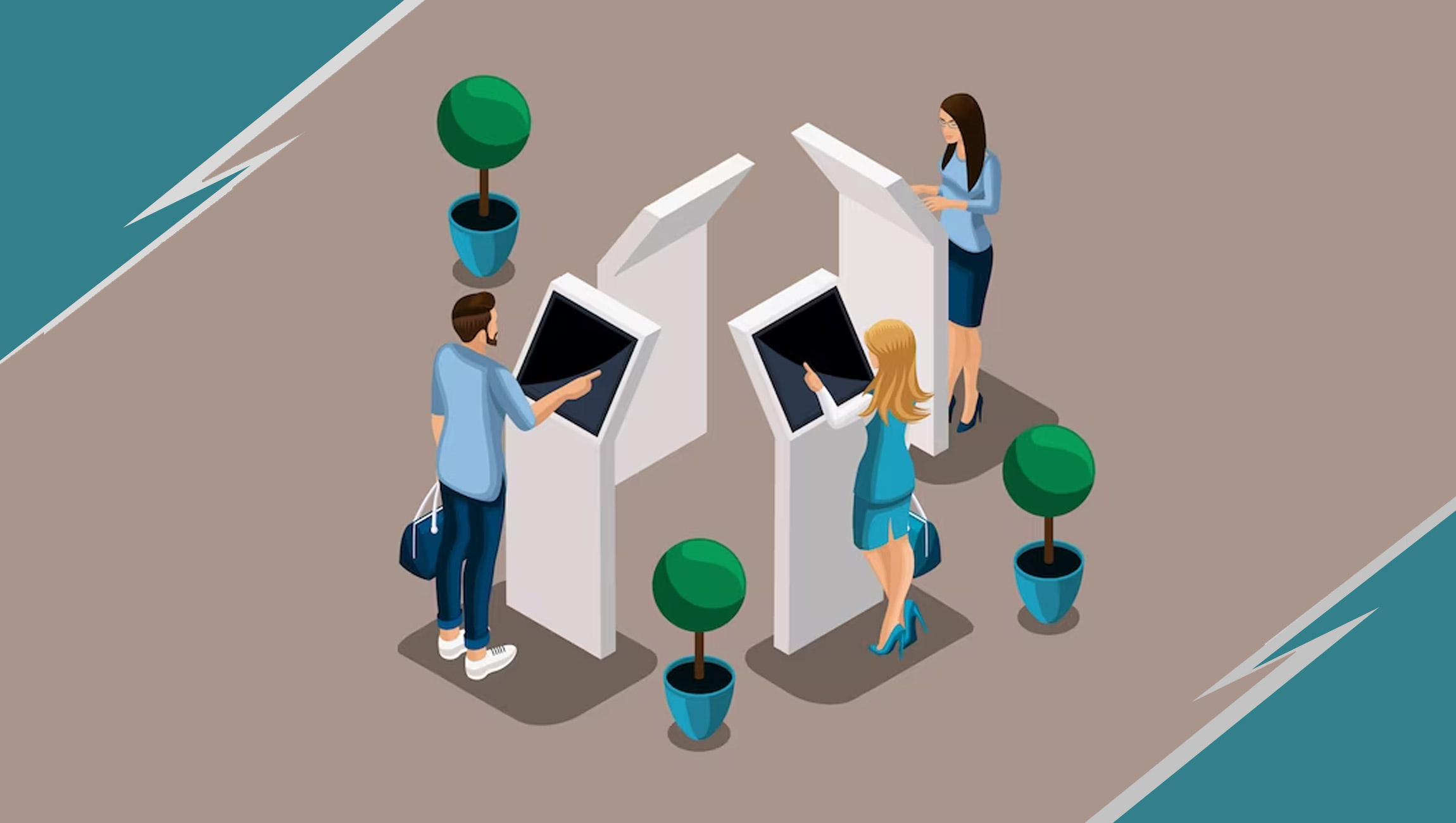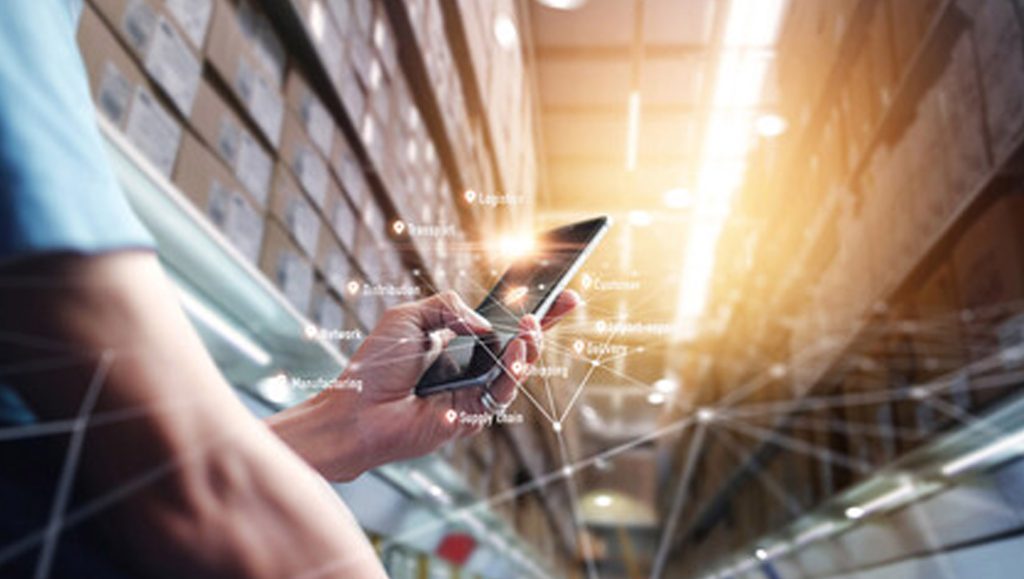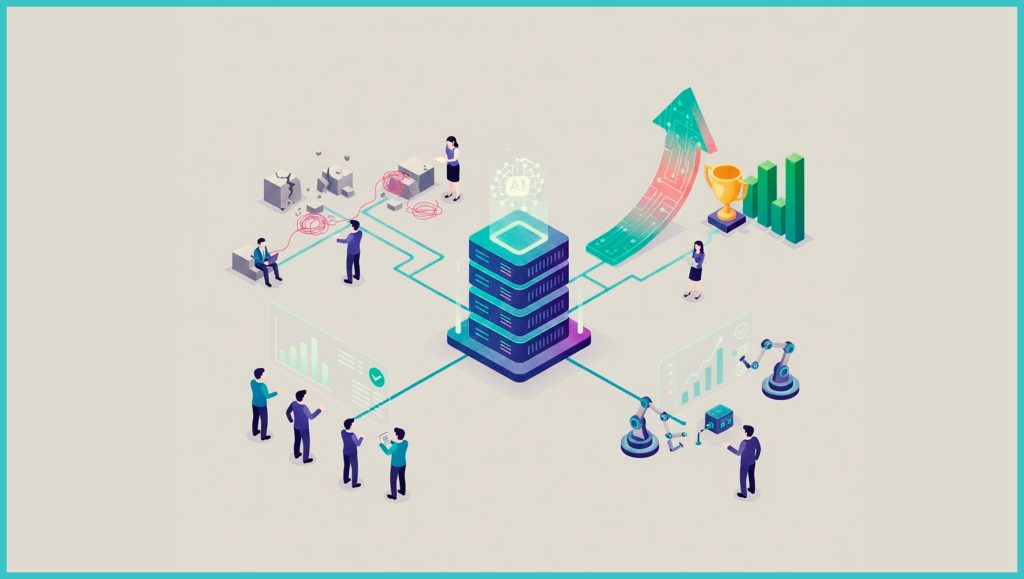The retail industry is an umbrella term used for all kinds of establishments, such as small next-door convenience stores to a sprawling chain of stores like Walmart that sells goods and services to their consumers directly.
Your departmental stores, grocery stores, pharmacies, hardware shops, and so on are some examples of retail shops.
Retail in a country plays a major role in driving the regional as well as national economy. It has an impact on global economies too. There is no denying that the retail industry generates substantial revenue and billions of people are working in this industry worldwide.
That said, observing digital transformation in the retail industry is essential. Such transformation brings numerous benefits that can revolutionize the way retailers operate and engage with customers. Some key benefits of technological disruption in retail Ops are:
- Digital transformation such as self-checkouts enables retailers to create a personalized experience for their customers across various touchpoints.
- Improved operational efficiency and cost reduction: Digital tools such as kiosks, barcodes, and more help in streamlining retail operations.
- Expanded Market Research: Digital transformation further allows retailers to transcend geographical limitations and expand their market reach.
- Data-driven insights: Digital transformation generates a vast amount of data that offers valuable insights into operations costs, consumer behavior, preferences, and market trends.
- Seamless Omnichannel Integration: Digital transformation provides a way to integrate online and offline channels, enabling a seamless omnichannel experience for customers.
Read More: SalesOps and MarketingOps Tips for B2B Team
Thriving Technologies and Digital Transformation in the Retail Industry:
1. Self-checkout Kiosk System
Well, we are familiar with these already. Self-checkout Kiosks are automated terminals that allow customers to scan the barcodes and pay either in cash or through a card without any interaction with the cashier.
Such self-checkouts are becoming extremely popular in convenience stores, grocery stores, and many other retail outlets. Self-checkouts increase the POS efficiency along with customers’ experiences at the counter as they no longer have to wait in long checkout queues.
2. Computer Vision
A computer vision system is tied to barcodes. The system tracks any item picked by the user, which is being carried around in the store. As soon as a shopper picks up a juice can, the system recognizes that. It reduces the inventory and updates the system automatically. In case, the inventory drops below the preset level, it alerts the store staff so they can re-stock the items without delay.
3. Artificial Intelligence
Customer data management becomes a piece of cake with artificial intelligence. AI helps to sift through vast amounts of data to identify patterns that humans might miss. AI also helps in recognizing the behavior of consumers based on their previous purchases. It further allows retailers to offer targeted promotions or discounts.
Leveraging AI improves POS as various units of a retail store like CRM, inventory management, and process optimization are sorted.
4. In-store layout optimization
Such a layout implements analytics software and utilizes infrared sensors. Retailers can take advantage of IoT sensors to enhance their retail layout. This, in turn, helps the retail Ops team to plan the strategy of their store layout intelligently to improve sales.
5. Machine Learning
AI and machine learning together facilitate data reading and understanding easy for retailers. The retail Ops team can analyze copious amounts of data, automate processes, and deliver personalized customer experiences. Leveraging the power of AI-powered chatbots and virtual assistants can offer instant customer support, while ML algorithms can help the marketing team of the retail store understand customer preferences and offer tailored product recommendations.
6. Internet of Things
IoT devices and sensors enable your retail Ops team to gather data in real-time around inventory, customer behavior, and supply chain. The data is further used to optimize inventory management, enhance customer satisfaction, and increase the operational efficiency of the store. Today, IoT devices find their places in every retail outlet to improve business areas, such as inventory handling, procurement, warehouse management, CRM, billing, and others.
7. AR and VR
We are already experiencing AR and VR in our day-to-day shopping. From choosing furniture on IKEA to buying make-up accessories on Amazon, we have experienced how augmented reality enhances customer experiences for retail stores. Not only in digital stores, AR and VR are creating wonders in physical retail stores as well. With these technologies, consumers can visualize the products in their environment before making a purchase and thus reduce the need for more physical touchpoints.
It is a boon for marketers, and it helps them to take their brands to the next level and to acquire new customers by giving them an immersive experience.
Wrapping Up
Such digital transformation is helping the retail industry thrive and improving the POS for most brands and businesses. These technologies enhance consumer experiences, and businesses can make the most out of their point-of-sales systems.
Read More: SalesTechStar Interview with Leandra Fishman, CRO at Apollo.io





















